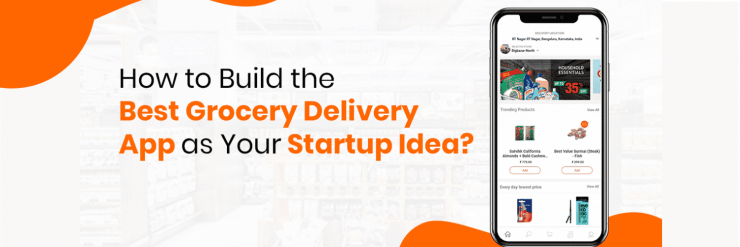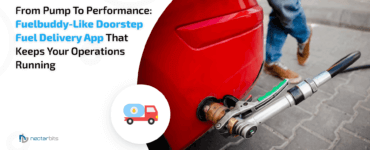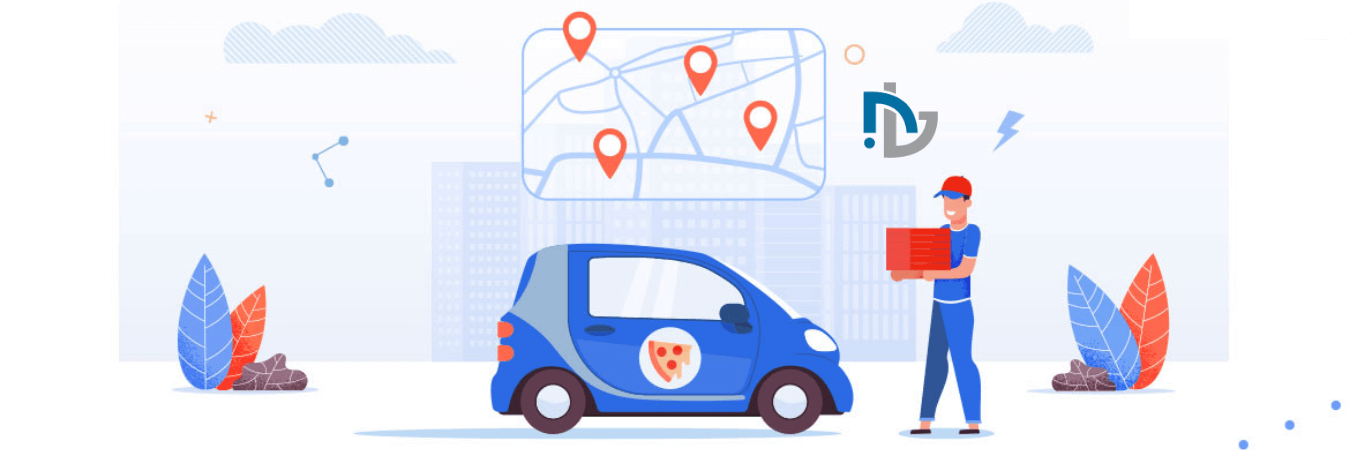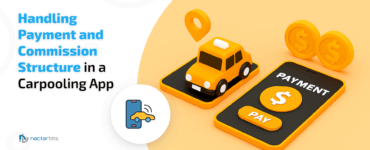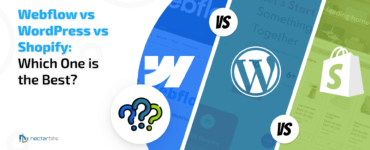Key Players to looks before start new app development.
Take a trip down memory lane where we have discussed a lot about making your dream online grocery store idea come true. Have you recalled what we have read so far? Forgot?
- The facts speaking the growing interest of people in online grocery
shopping. - The lucrative benefits that mobile grocery app bringing from
startups to the established players. - How much you need to spend on-demand grocery app development?
All of them were counting on one thing, that’s the list of features kept in the app.

Most of the new players think building a grocery app solution means populating the app with the range of features. It’s the place where they make a mistake. The grocery app must be stuffed with the features which meet the user’s needs and help in leapfrogging the competition, but it should not be like keywords stuffing, that’s disliked by search engines.
Unclear with what to include in the app- the basic features, the features that differentiate the app, or the features that leading apps are offering? It’s a major roadblock in every entrepreneur’s journey. Don’t fret. We have got this need covered with the help of the grocery app development team that has analyzed the user’s need,
market trends, and competition to create a list of features that are must-have for the grocery app.
Let’s dig deeper!
- Easy onboarding
When the users face complications at the beginning of accessing the app, it frustrates them and stops them from using the app. For instance, forcing the users to complete the registration process before even browsing the grocery products and using the basic features ruffles up their feathers. Also, making the registration form too lengthy with so many fields creates obstacles in the user’s journey in the beginning.

It must be avoided with a simplified sign-up process with a limited number of fields in the registration form, allowing the users to browse the app without necessary registration, and facilitating social login.
- Intelligent search
The in-app search allows the users to search the products, but it must be that easy as finding a needle in the haystack, else the inventory of thousands of products is worthless. The products must be categorized so that post-applying the filters the users can easily reach the product they are looking for. Moreover, while entering the search query in the search box, the auto-suggestions must be displayed as the users start typing, which delights the users.
- Add to cart immediately
When the user is browsing the app, the chances exist that they may be stuck with a product they are looking for long, and then they must be allowed to add the product to the cart instantly in a single click without leaving the current page. This feature saves a lot of time that’s wasted in back-and-forth from checkout page to other pages, and encourage the users to keep browsing and adding the products to the cart, which can be purchased at a later stage.
- Product listing
It’s the cardinal aspect of shopping that makes navigation a plain-sailing journey. The grocery items are segregated into categories and sub-categories from where the products can be easily discovered.
Read more: What You Need To Know about on demand Grocery Delivery App Development for your store?
- Product details
When the user land on the product page, they expect clear, concise, and contextual content that can be easily understood. But, images are worth thousands of words, so you should keep the 3D images of the products, which are good in quality. Complement the product’s text description with images that make a shift from brick-and-mortar shopping to virtual shopping easier.
- Barcode scanners
For the tech-savvy users, they are allowed to view the product information and price quickly just by scanning the item’s barcode with the phone camera. Also, with barcode scanning, the items can be easily added to the app’s cart without needing to digitally search the item in the app and then add it to the cart.
- Quick list
It’s not necessary that the product which users are browsing, they essentially want to buy it right away. In this way, you should help them to save the product for later purchase. It’s facilitated with a quick list feature where private wishlist, public wishlist, favorite list, reminder list, and star list options are offered. Choose the one that fits your grocery android app.

- Smart recommendation
engine
The items on the quick list help the app find out the user’s preferences- likes or dislikes, which can be used to make suggestions to the users. When this preference is combined with browsing habit, the personalized recommendations can be offered to the users, which enhance the user experience. It also helps in increasing up-selling or cross-selling.
Note: Don’t overdo. Sometimes, the users are quite often haunted by sidebar ads illustrating the products that users searched or bought before, it irritates the users.
- Deals to seal more deals
Vying for user’s attention? Offer lucrative deals, discounts, or coupons and then see a large number of users flocking to the grocery app. The optimal discounts not just lure in the users, but help them save huge bucks on grocery shopping bill. Either you can showcase the discount on every product or category of products, or create a separate section for deals or coupons in the app, which makes them easily discoverable and increases user retention.
Reward points are also allocated to the users upon every purchase, which can be redeemed later against various bills as a part of the loyalty
program.
- Price comparison
The products of two different brands may cost differently. That’s where the price comparison on one page enables the users to easily view the price of the products of distinct brands without much ado.
- Notifications
The feature is highly used for encouraging the users to use the app and improve the engagement. Various notifications are sent to the users at different times to inform them for various activities such as new deals, new arrivals, greetings on holidays or other days, shipped order, order delivery, and other.
Read More: How Can You Make A Bundle With E commerce On demand Grocery App Platform?
- Effortless checkout
Just like instant product’s addition to cart, the users also expect the checkout process quick and easy. The checkout should be simple with minimum fields and the myriad of the shopping app payment options such as credit card, debit card, mobile wallet, COD, and other forms of digital payments. The guest checkout option should also be enabled for the smooth checkout process.
- Delivery scheduler
The estimated time of delivery is informed to the users at the time of checkout. The users should be allowed to select the delivery slot, in addition to scheduling the order delivery as per the convenience. The users can select the preferred delivery date and time during the checkout process.
- Real-time tracking
Post-order placement, the users can view the order status at every step of the way. Using
GPS technology, the order location can be tracked on the in-built map. It increases the businesses’ credibility and reliability by multi-folds.
- Repeat order
The items that are previously ordered can be reordered again without needing to search and adding them to the cart repetitively. It’s just a matter of a click and the products can be reordered quickly and easily. It encourages return users to shop easily.
Read More: How On-Demand Food Delivery Apps Help Food Ordering Platforms?
- Shopping list reminders
There are some grocery items that users purchase recurring, say daily, weekly, or monthly. These items when added to the shopping list and purchased regularly, the app automatically remind the users about the products to buy, which are about to last. The auto-reminders help in keeping the grocery items stock full.
- Feedback
After order delivery, the users are requested to share the shopping experience which includes product rating, timely delivery, access to customer support, and others. The ratings and reviews help in knowing the user experience and the ways to make the services better.
- Gamification
The gamification element takes the shopping experience to a whole new level. It’s rarely used across grocery apps, but if leveraged well, it can create wonders. For instance, the treasure hunt can be launched for coupons, allow users to make the saving goals by making the shopping budget, and much more.
Conclusion
The appealing interface can bring the users to the app, but its features that make them feel the app is usable and let them purchase the items at ease. If you want to stand in the market and stand out the competition, build a user-friendly multi-vendor grocery app jam-packed with all the features that serve the need of everyone. We have provided a list of must-have features, where if you find anything missing, do share them in the comments below. We would love to hear from you.



